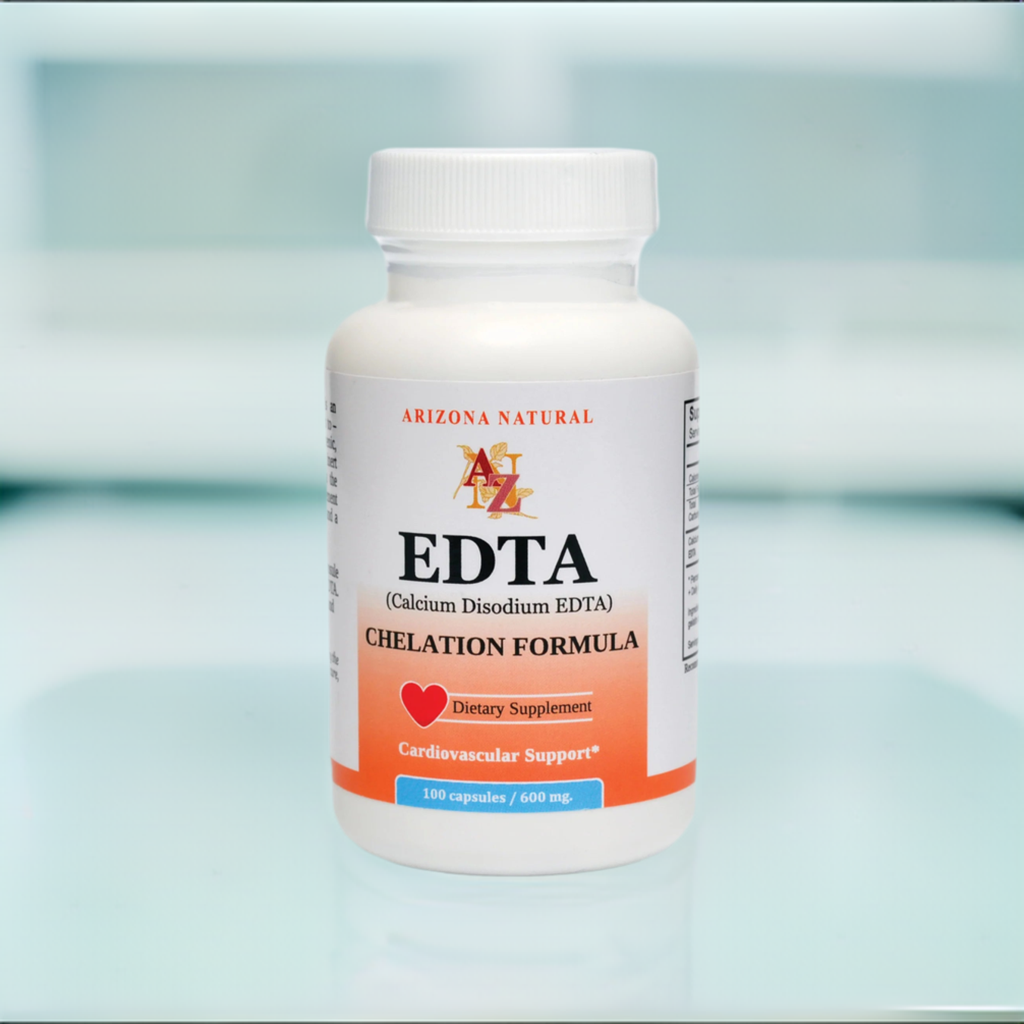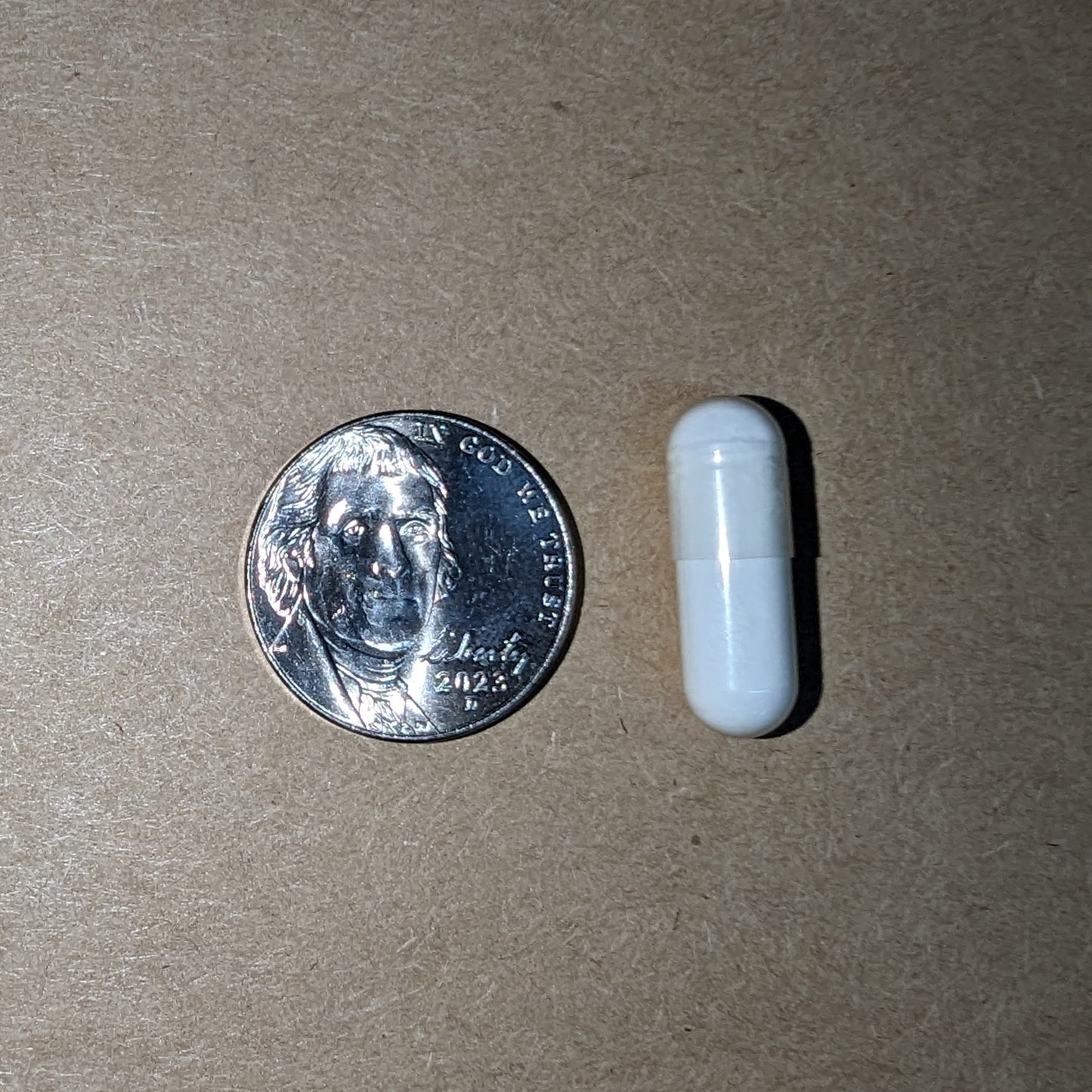In an age marked by industrialization and modern living, we are exposed to various environmental toxins that can pose a significant threat to our health. Among these dangers, heavy metals stand out as silent but potent adversaries. Heavy metals, such as lead, mercury, cadmium, and arsenic, can accumulate in the human body over time, leading to a wide range of health issues. Fortunately, there is a valuable tool in the fight against heavy metal toxicity: EDTA (Ethylenediaminetetraacetic acid). In this article, we will explore the dangers of heavy metals in the body and how EDTA can effectively remove them via the urinary tract.
The Dangers of Heavy Metals
Heavy metals are naturally occurring elements found in the Earth's crust, but human activities, such as industrial processes, mining, and pollution, have significantly increased our exposure to these toxic substances. Heavy metal toxicity can result from various sources, including contaminated water, food, air, and occupational exposure.
- Lead: Lead poisoning is especially concerning, as it can affect children's cognitive development and cause numerous health issues in adults, including neurological and cardiovascular problems.
- Mercury: Mercury exposure, often through fish consumption, can lead to neurological disorders, kidney damage, and even developmental issues in fetuses.
- Cadmium: Found in cigarettes and certain foods, cadmium is linked to lung and prostate cancer, as well as kidney and bone damage.
- Arsenic: Arsenic exposure can lead to skin lesions, lung cancer, and cardiovascular disease, with long-term ingestion of arsenic-contaminated water being a common source.
The Body's Defense Mechanisms
Our bodies have evolved to handle a certain level of heavy metal exposure. They employ various mechanisms to minimize absorption and eliminate these toxins. However, chronic exposure or high concentrations can overwhelm these defenses, leading to toxic accumulation.
How EDTA Works
Ethylenediaminetetraacetic acid (EDTA) is a synthetic amino acid derivative that has been used in medicine for decades. It is a chelating agent, meaning it can bind to heavy metals in the body and form stable complexes that are then excreted through urine. Here's how EDTA effectively removes heavy metals from the body:
- Chelation: EDTA's chemical structure allows it to form strong bonds with heavy metals, effectively trapping them in a soluble form.
- Renal Excretion: Once EDTA binds with heavy metals, the complexes are filtered by the kidneys and excreted through urine. This process is the primary route by which heavy metals are removed from the body.
EDTA chelation therapy has shown promise in the treatment of heavy metal toxicity and related health conditions:
- Reduced Heavy Metal Burden: EDTA chelation can help lower the concentration of heavy metals in the body, potentially alleviating symptoms and preventing further damage.
- Cardiovascular Health: Some studies suggest that EDTA chelation therapy may improve cardiovascular health by removing heavy metals associated with atherosclerosis.
- Neurological Benefits: Chelation therapy has also been explored as a potential treatment for neurodegenerative disorders linked to heavy metal exposure.
The dangers of heavy metal toxicity in the human body are significant, and chronic exposure can lead to severe health problems. EDTA (Calcium disodium EDTA) offers a valuable solution for removing heavy metals safely and effectively from the body. With the right guidance, EDTA can play a vital role in protecting our health from the insidious threat of heavy metals.











